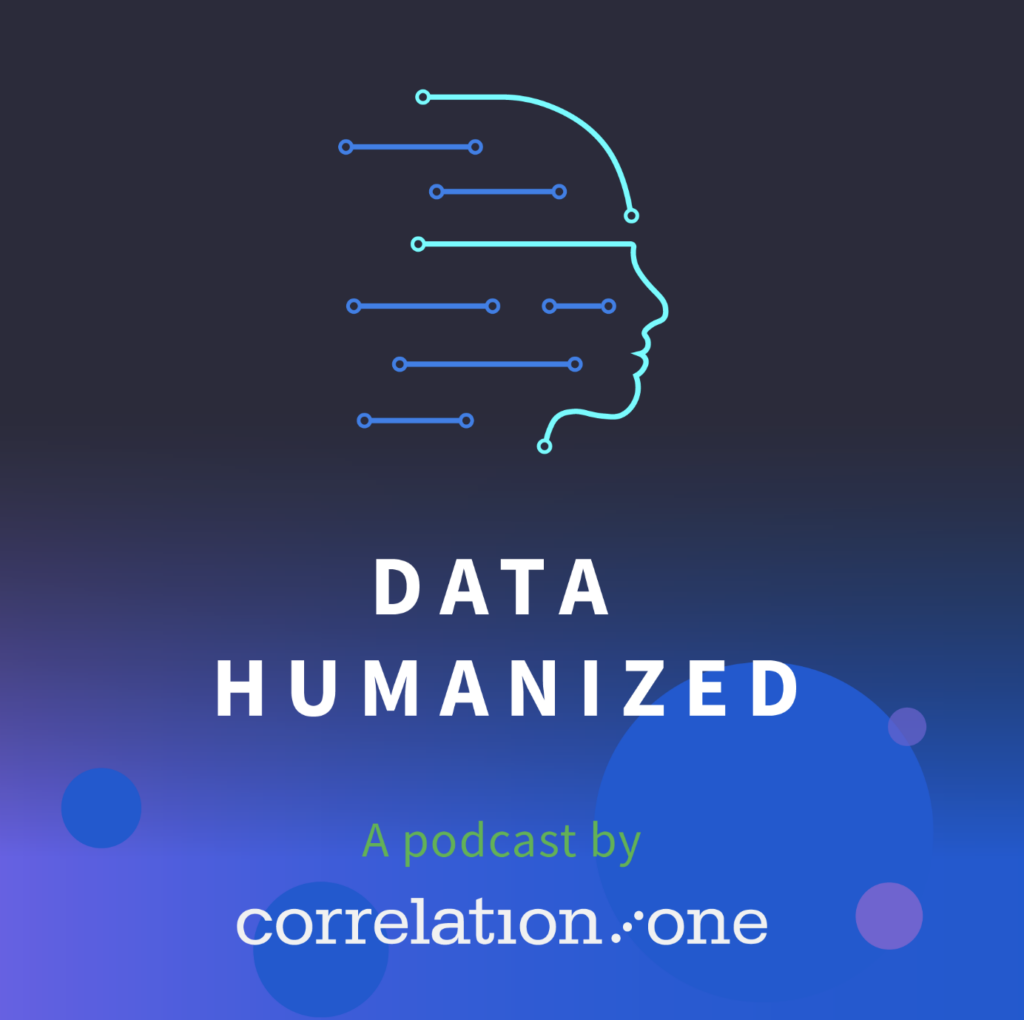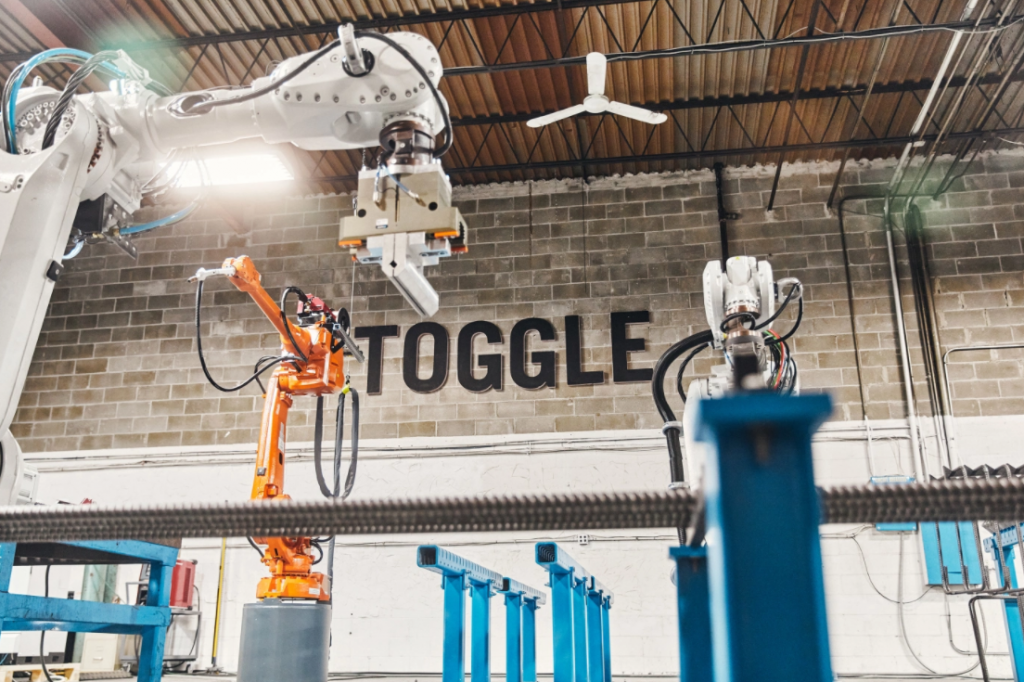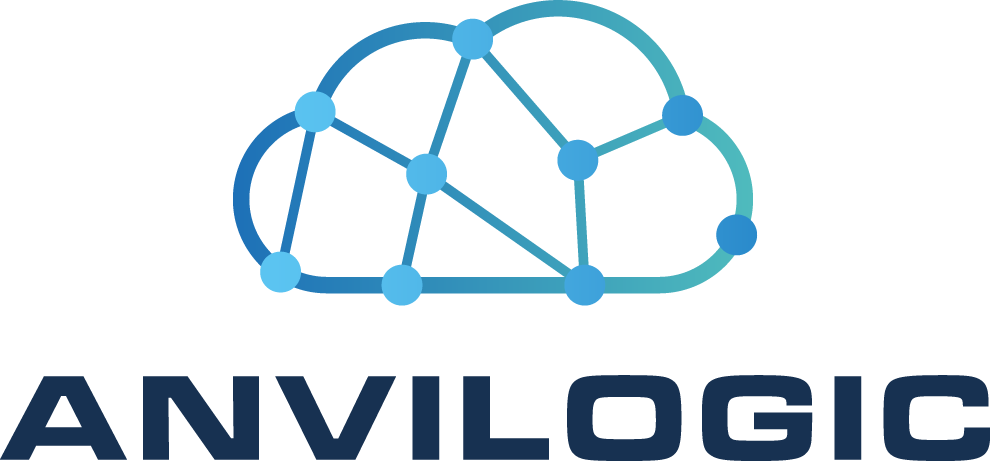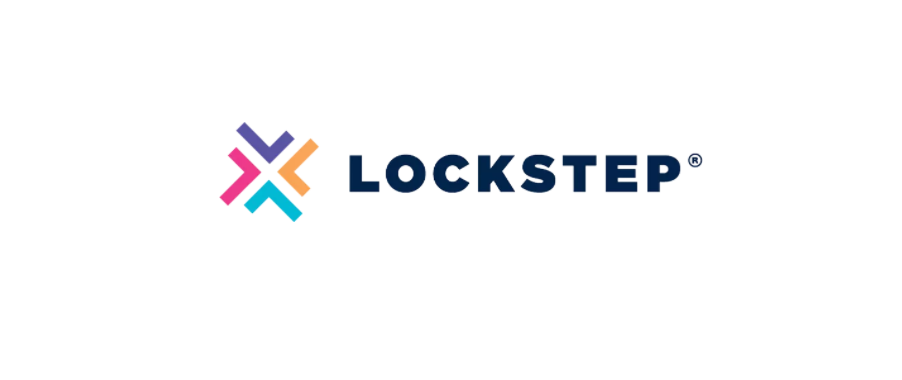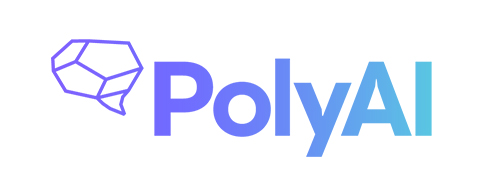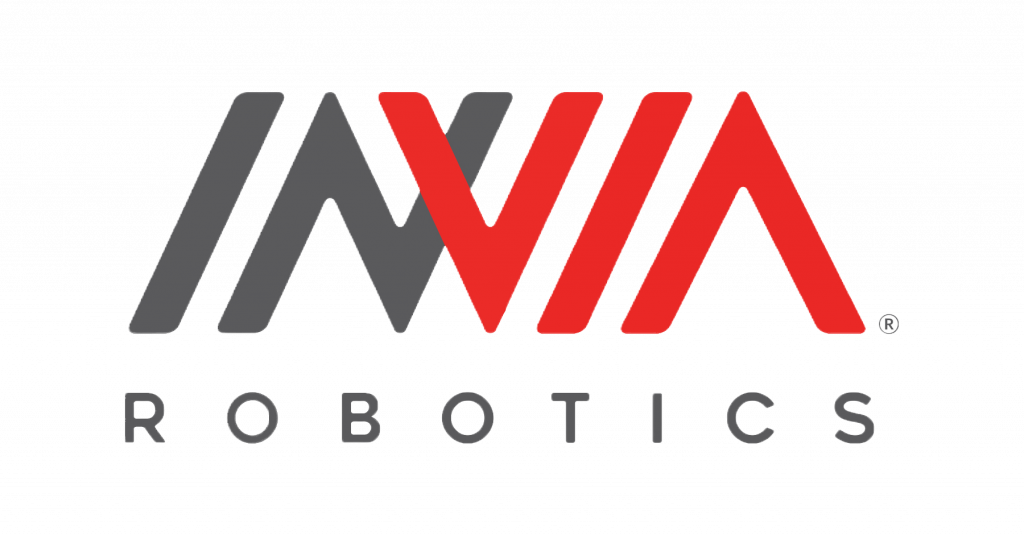By Ryan Fauber and Sri Chandrasekar
Despite what billions of VC dollars seem to imply, generative AI is not a magic bullet for companies. In fact, unless businesses fundamentally rethink how work actually gets done, they will lose out on the real value of AI or worse, they will become more inefficient.
Before AI, companies had robotic process automation (RPA). RPA is most effective on highly structured, simple workflows. Generative AI automation is more adaptable and far less constrained, but much higher risk. Whereas RPA bots were highly controlled because they were so precisely designed, AI agents have more autonomy, but not necessarily any deeper business insight.
Generative AI is an amplifier: adding it to a bad process transforms a manual inefficiency into an automated one – and likely scales it. For example, an underperforming salesperson that sends hundreds of poorly crafted messages and loses out on deals is not going to magically evolve into a top performer with an AI agent. Rather, a bad salesperson with an AI amplifier might send thousands of ineffective messages and lose more deals.
A recent BCG study confirms this: they found that GPT-4 reduced employee performance by 23% when used in business problem solving. That’s because large language models like GPT-4 are trained on language to sound plausible. They hallucinate if they don’t have the right context or fine-tuning. But there’s no equivalent “large process model” since there’s no public process data to train on. For that reason, many AI agents today rely on explicit human instruction to handle complex, ambiguous workflows. If the worker doesn’t understand their role, or is a poor performer, that’s like giving a toddler the keys to a Ferrari – the best-case scenario is they don’t get behind the wheel.
When we hear large companies talk about AI, what they say they want is automation but what we think they really need is optimization. McKinsey recently suggested that enterprises need to perform deep “organizational surgery” to fix how work gets done before generative AI vastly scales whatever processes are in place. For example, Siemens uncovered that one of their processes had ballooned to more than 900,000 variations. Is the solution to automate 900,000 variations? Probably not!
A useful analogy is the self-driving car. In many ways, the goal of business automation is the same: give AI agents the ability to perceive the world, plan a path forward, and act on that plan. The most complex tech in an autonomous vehicle is probably not the hardware that turns the wheel or the camera that observes the road – it’s the perception and planning model that needs to make decisions at a moment’s notice. You could probably argue that self-driving cars have it easier! Autonomous vehicles drive on well-defined roads with clear signage, governed by straightforward rules and assisted by GPS.
In contrast, AI agents are tasked with making sense of a company’s complex, ambiguous processes that lack clear markers and evolve constantly. So, how can businesses prepare to adopt generative AI automation? They need to develop a form of enterprise GPS to chart internal functions: not only as they are but as they should be. Over-emphasizing how to automate ignores the important question of whether we are automating the right processes – or the right version of processes.
From MapQuest to GPS
One could argue that large companies already have their own version of a GPS. It’s called process mining. But process mining tools produce snapshots, or static maps, of workflows as they are. Getting slightly pedantic, there’s a huge difference between a map and a GPS! Enterprises need real-time insight into their operations to effectively manage workflows – just like a GPS reacts to changes in road conditions and optimizes for the fastest, cheapest, or most scenic route.
Combined vision/language models (“multi-modal” models) are strikingly capable of identifying patterns in vast amounts of unstructured workflow data. These insights could feed an enterprise GPS to reveal process bottlenecks, inefficiencies, and opportunities for improvement that were invisible or ignored. This GPS could further guide process optimization before AI agents are deployed. Most importantly, we believe this allows businesses to train AI agents on their private, optimized process data to make them more effective partners. An enterprise GPS represents a digital infrastructure that mirrors the clarity and organization of the roads that autonomous vehicles navigate.
Consider why we use a GPS. Typically, it’s because we don’t know how to get to our destination. Even if we do – a GPS helps us develop a route based on real-time conditions that we are unaware of. A GPS would not be useful if we were prompting it at every step with weather conditions, road closures, traffic. We value the GPS because it prompts us with information that we can’t access. We believe the same dynamic applies to automation in the enterprise. The most valuable automation tools will explore new ways of “reverse prompting” that requires grounding AI agents in real-time process intelligence.
The AI Inflection Point
As businesses seek to expand the breadth and depth of their AI strategy, it is a critical time to invest in this enterprise GPS. With OpenAI reportedly working on models that directly control software there is even more urgency. Misdirected AI could wreak havoc on internal systems if it learns by observing inefficient processes or poor performers. Getting process intelligence right, however, could help business realize durable ROI on generative AI initiatives that has so far failed to materialize.
The magic of AI won’t fix internalized process challenges. In our view, the businesses that recognize the importance of process management – before they adopt AI at-scale – will be the true winners of the AI revolution.




















